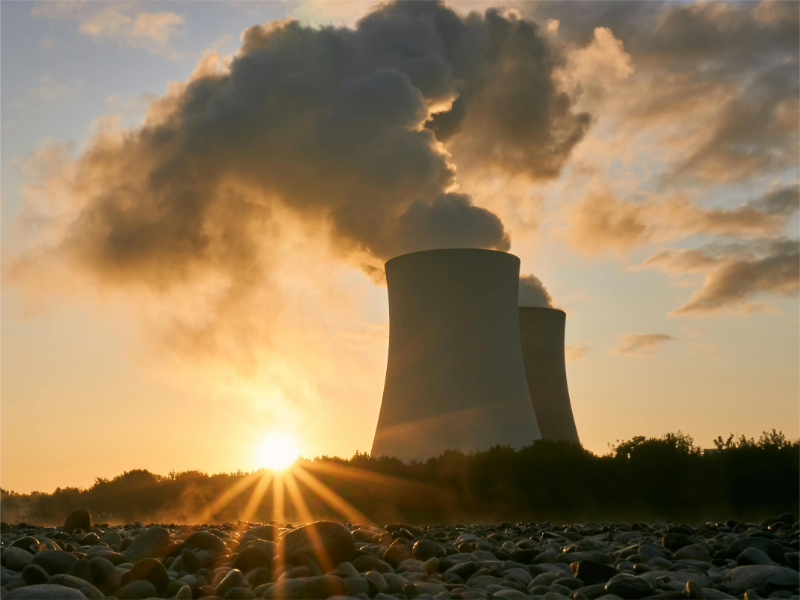- Researchers used a hybrid quantum-classical system to simulate the scattering of two neutrons, a key step in modeling nuclear reactions.
- The simulation helps in understanding nuclear reactions that power stars and form elements, aiding in fusion energy and astrophysical research.
- The project, involving multiple institutions and funded by various government offices, marks a significant achievement in computational physics.
Researchers have successfully utilised a hybrid quantum-classical computing system to simulate the scattering of two neutrons, marking a significant advancement in computational physics. This achievement opens new possibilities for understanding nuclear reactions, which are fundamental to the processes that power stars and create elements. By combining classical and quantum computing resources, scientists have taken a crucial step toward more accurate modeling of these complex interactions, potentially benefiting fields such as fusion energy and astrophysics.
Breakthrough in hybrid quantum-classical computing
Researchers have achieved a significant milestone by using a hybrid quantum-classical computing system to simulate the scattering of two neutrons. This complex simulation marks a crucial step in the study of nuclear reactions, which are essential for understanding the processes that power stars and forge elements. The innovative approach combines the strengths of both classical and quantum computing, overcoming the limitations faced by each when used independently.
Also read: S looks to nuclear to address AI data centre power shortage
Also read: Amazon pays $650 million for a nuclear-powered data centre
Advancing understanding of nuclear reactions
The simulation of neutron scattering helps in modeling the nuclear reactions that occur in stars, contributing to our knowledge of how different elements form in the universe. These insights are not only valuable for astrophysics but also for the development of fusion energy technologies. The experiment involved using classical processors to handle the time evolution of particles’ spatial coordinates, while quantum hardware managed the evolution of their spin variables. Error mitigation strategies were employed to enhance the accuracy of the results.
Collaborative effort and future implications
The project was a collaborative effort involving researchers from the University of Washington, the University of Trento, and Lawrence Livermore National Laboratory, conducted at Berkeley Lab’s Advanced Quantum Testbed. The successful demonstration of this hybrid algorithm is a pivotal achievement, paving the way for future developments in classical-quantum methods. Funded by several government offices, including the Department of Energy Office of Science, the project underscores the potential of hybrid computing in advancing scientific research and supporting national security initiatives.

